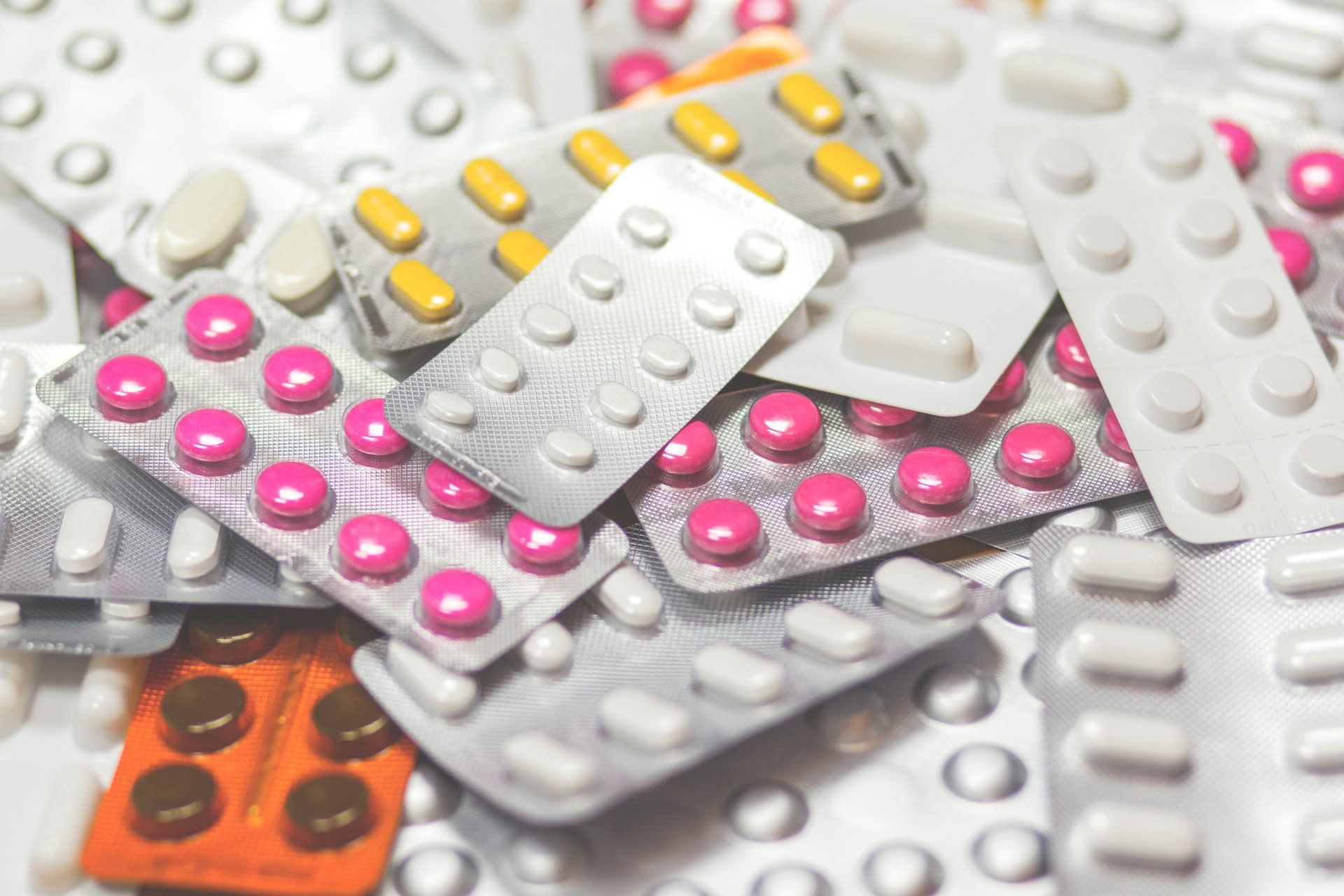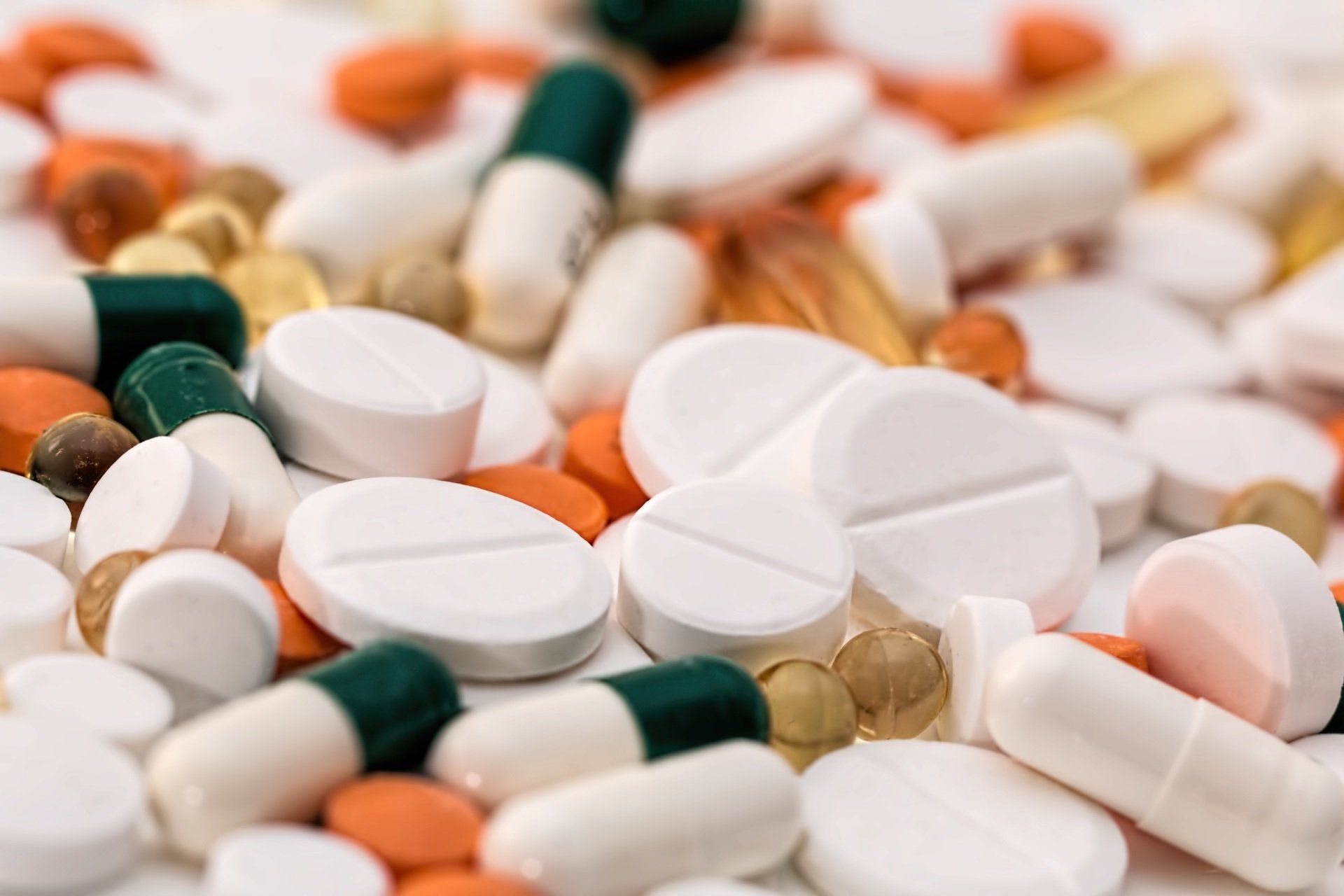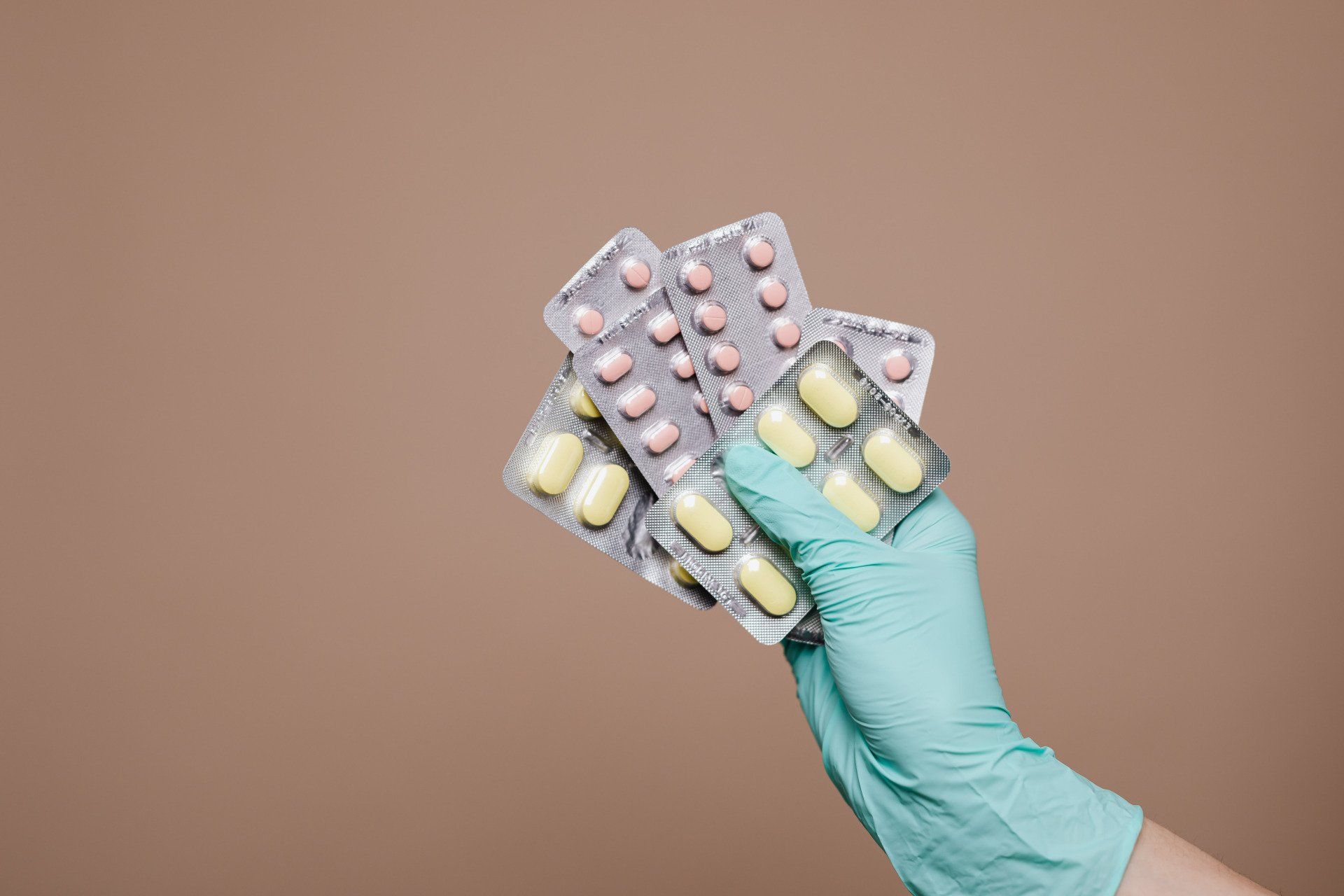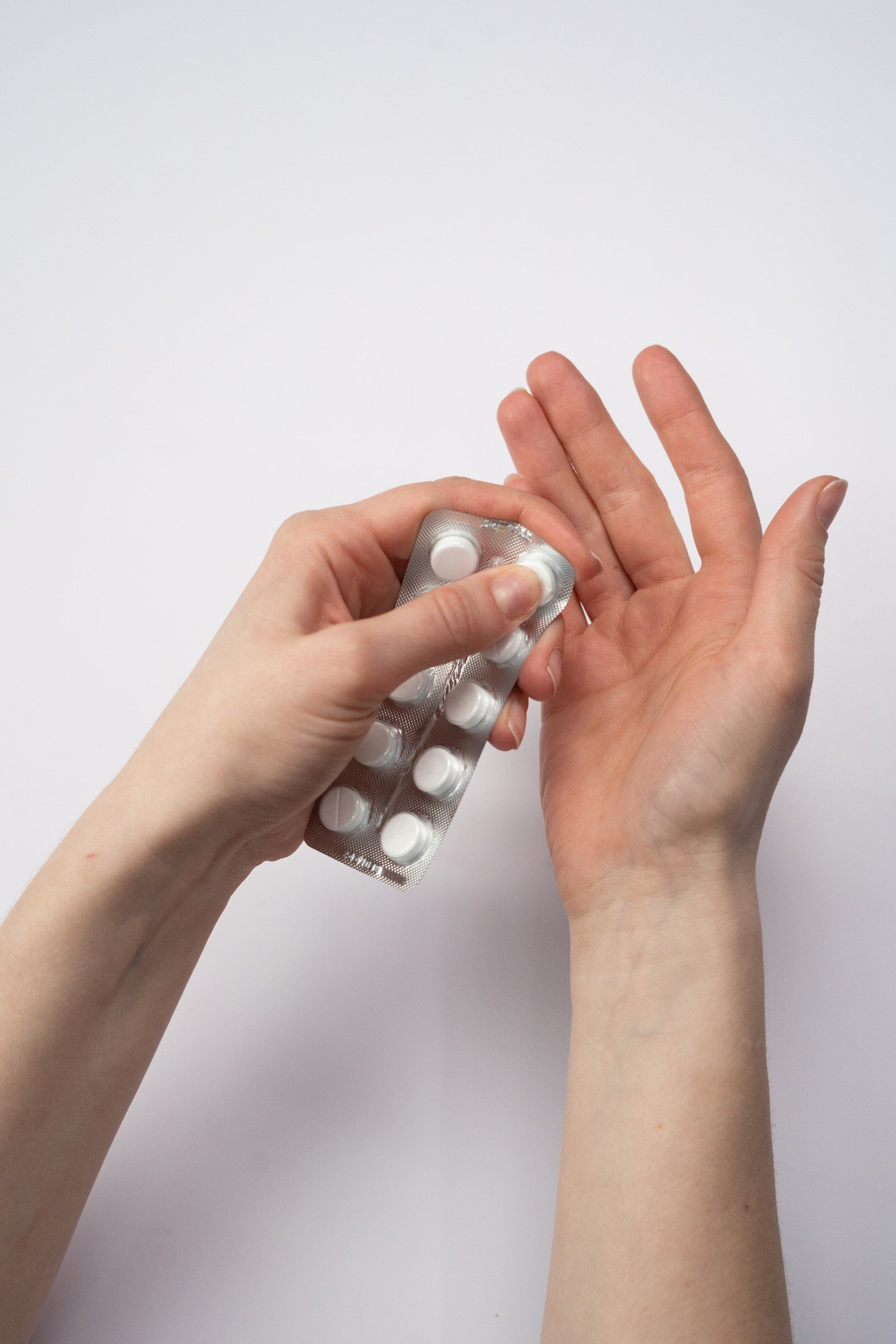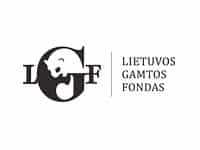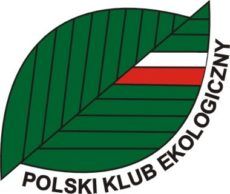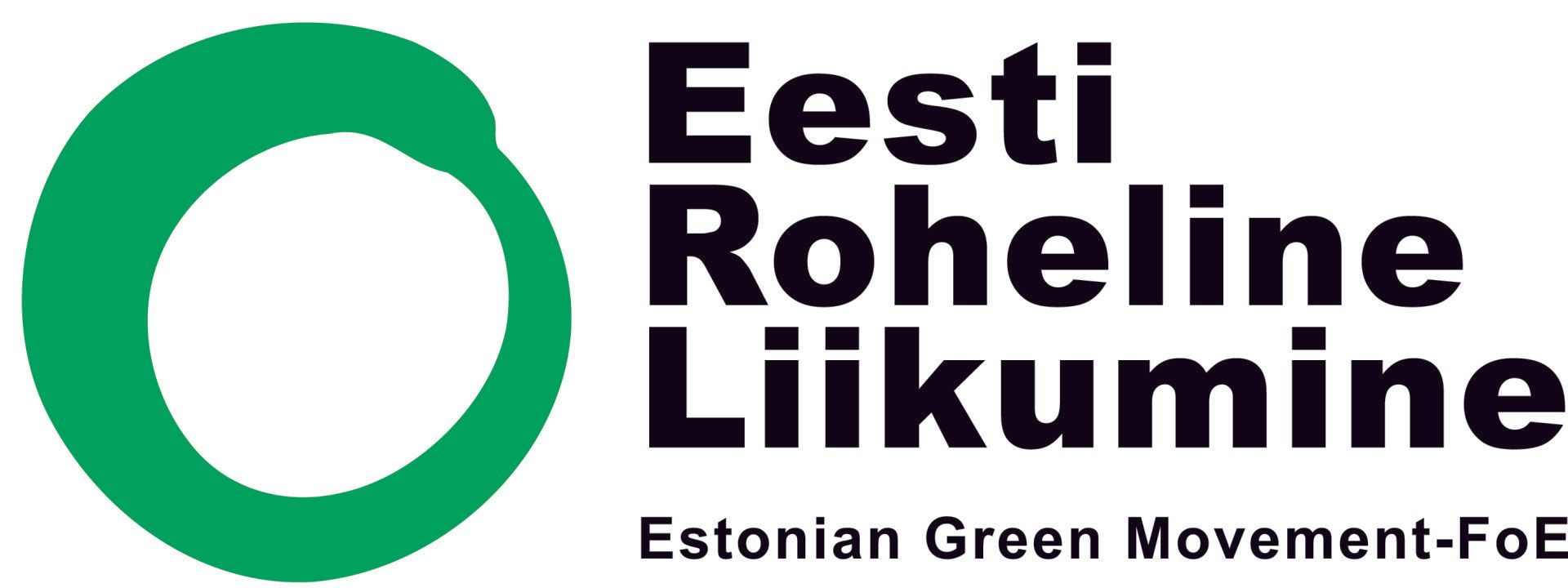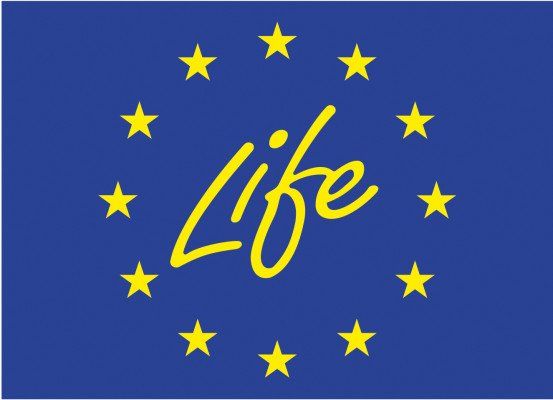Pills Free Baltic
2017-2018
CCB express its deep concern about the threat posed by pharmaceuticals in the environment to citizens and the environment. Even low concentrations of pharmaceuticals in the environment can have far-reaching effects on ecosystems – causing reproductive failure, growth inhibition, behavioural changes, and species’ population collapse.
OVERVIEW OF THE ISSUE
Pharmaceuticals in the environment are a global problem – more than 600 pharmaceuticals and their metabolites have been found in the environment worldwide. Active pharmaceutical ingredient molecules are mostly very stable and have a high persistence for biodegradation.
They enter the environment (through water, soil, sludge, and organisms) at all stages of their life cycle and can end up in drinking water, and accumulate in fish, vegetables, and livestock.
"PILLS FREE BALTIC" IN A NUTSHELL
MEDIA & MATERIALS
Information Booklet
PARTNERS OF THE PROJECT
For more information:
CCB Secretariat: secretariat (at) ccb.se
This project was funded by the EU Life Programme, the Swedish Environmental Protection Agency (SEPA), and the Swedish Agency for Marine and Water Management (HaV).
